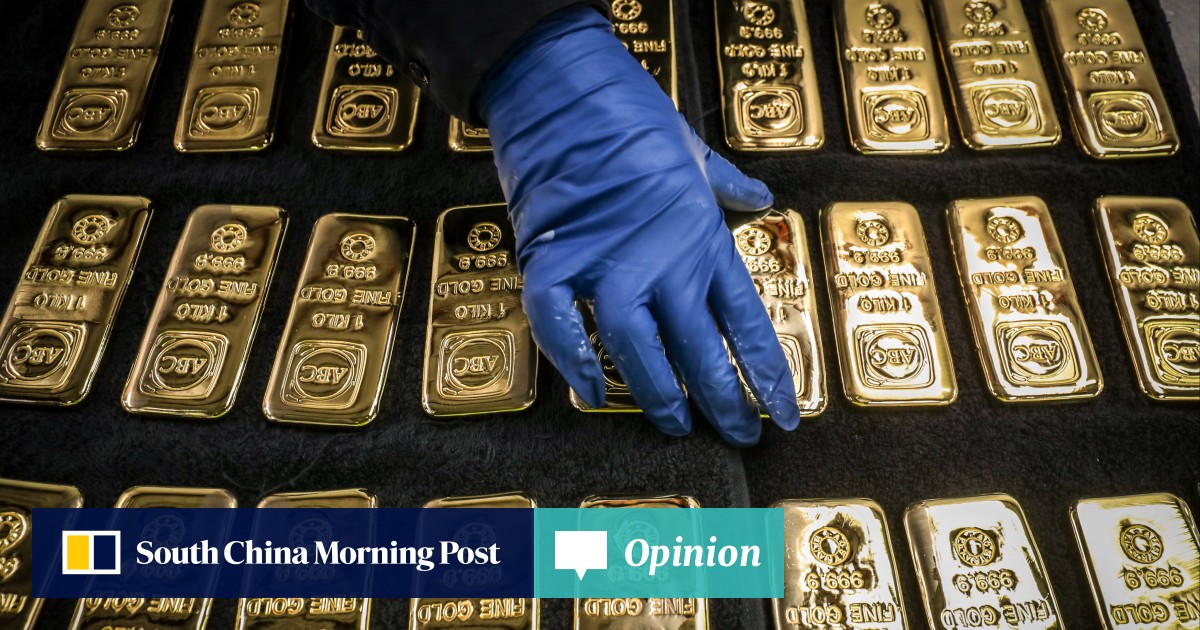The price of gold has seen a sharp and sustained rise, with the value of a single ounce exceeding US$2,500 on some days recently. Additionally, the cost of a 400-ounce gold bar has reached US$1 million for the first time, indicating a significant surge in demand for the precious metal.
Central banks in Asia and other regions are adding to their gold reserves, signaling concerns about potential economic turbulence ahead. The surge in gold prices reflects a broader sense of uncertainty among investors and central banks about the state of the global economy and financial system. This trend suggests a move towards safe-haven assets like gold in times of uncertainty.
JP Morgan’s recognition of “gold’s blistering rally” this year highlights the breakdown of gold’s traditional relationship with assets like the US dollar and interest rates. This breakdown implies a shift in financial dynamics and suggests potential movements in the gold price in the future.
The disconnect of the gold price from traditional anchors or benchmarks not only reflects uncertainty among investors and central banks but also raises concerns about the stability of the global monetary system. This shift in the perception of gold’s value indicates a reevaluation of traditional investment strategies in a changing economic landscape.









